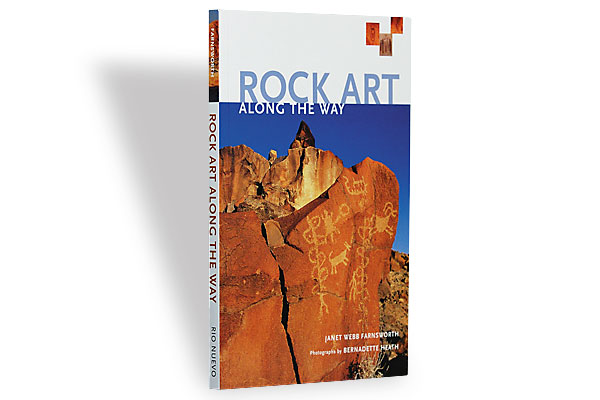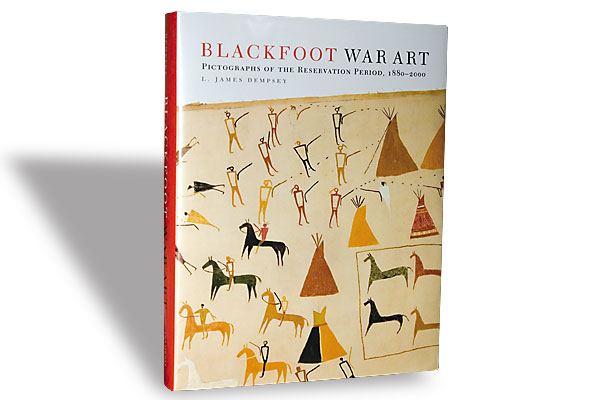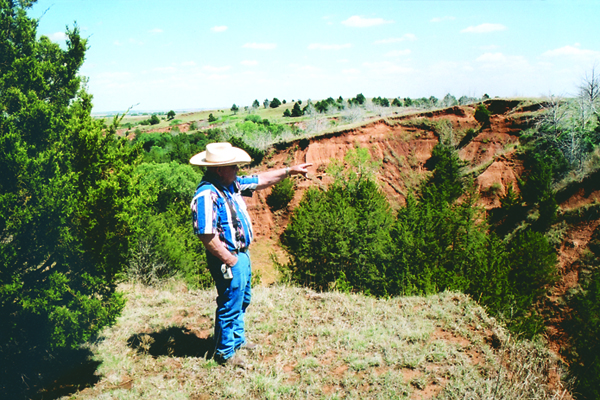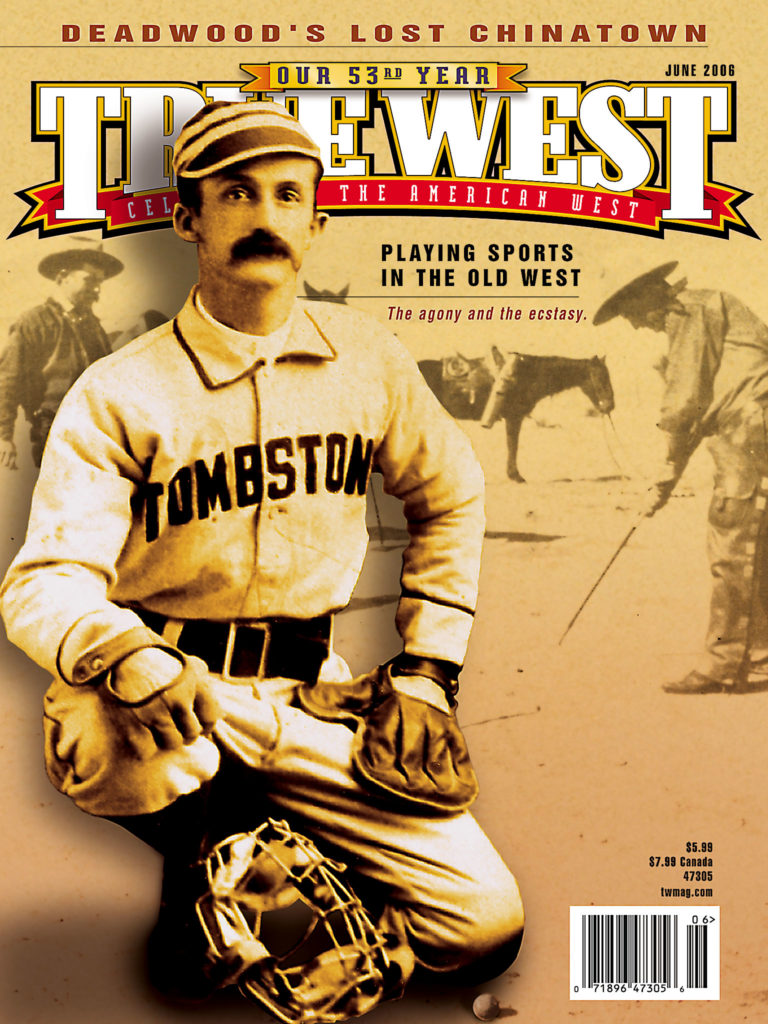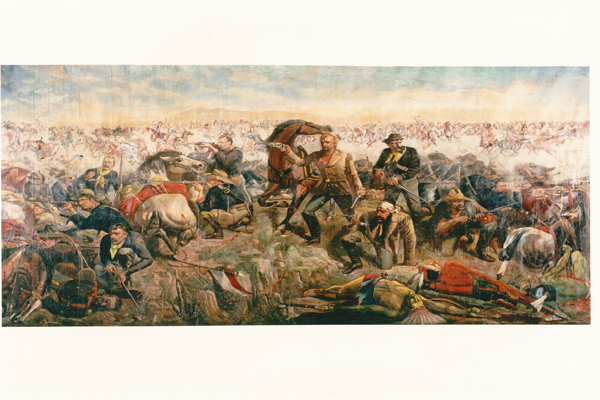 John Mulvany was an artist in search of a masterpiece.
John Mulvany was an artist in search of a masterpiece.
He’d been preparing for it almost all of his life. Born in Ireland in 1844, he came to New York City in 1856 and received some training in drawing and sketching. He drew for his own pleasure for the most part, even while fighting for the Union during the Civil War.
When peace broke out, Mulvany made his way back to Europe for formal art study in Düsseldorf, Munich and Antwerp—even winning an award for his work. In the early 1870s, he returned to the U.S. and went West. By 1876, he’d gained minor notoriety as a painter of Western scenes; a piece showing the trial of a horse thief was shown at the National Academy of Design.
That was the year, of course, that Col. George Armstrong Custer and more than 200 of his men were killed by a huge force of Indians at the Little Bighorn. It gained international attention—and drew the artistic interest of John Mulvany.
In 1878, he visited the battle site and began sketching the area and taking notes. He later said that he was striving for historical accuracy as much as possible, considering that no white man had lived to tell the tale. The figure of Custer, at the center of the painting, would be very much on target—his hair short after a recent haircut, and he was dressed in buckskins and armed with a revolver and a saber. Several of his real officers—some based on photographs—would surround him. Mulvany researched Cheyenne and Sioux clothing, weapons and horses to make sure they were depicted correctly. He read their accounts of the fight.
Three years passed before Mulvany finished the painting, which he called Custer’s Last Rally (no, not “Stand”). And when he showed it in March 1881, it was recognized as a big work—for one thing, it measured 20 by 11 feet. But beyond that, wherever it was shown—Boston, New York, Louisville and many other cities—the Last Rally received unqualified praise. It was the first major painting to depict the Little Bighorn, and it was one of the first major artworks done in the West by a Westerner. It struck a chord with all who came to see it. The poet Walt Whitman saw it in New York and pronounced, “I could look on such a work at brief intervals all my life without tiring.”
Other artworks depicting Custer’s demise would follow, but none of them achieved the heights of Mulvany’s painting. And Mulvany would never reach those heights again.
His later career is sketchy. He may have made some money selling lithographs of the painting; he also did some portraits. But the bottle eventually became more important than the brush. Mulvany sold the Last Rally painting to H.J. Heinz (yes, the ketchup king) around the turn-of-the-20th-century. By 1906, he hit bottom—and took a fatal jump into New York’s East River.
Today, John Mulvany is pretty much forgotten. But his painting, Custer’s Last Rally, lives on as a classic Western artwork of one of the most famous events in American history.
Visit www.custerslastrally.com to purchase lithographs of this painting. The owner, Dan Francis, is also looking for a good home for the original painting. Interested buyers should call him at 314-856-5278.


